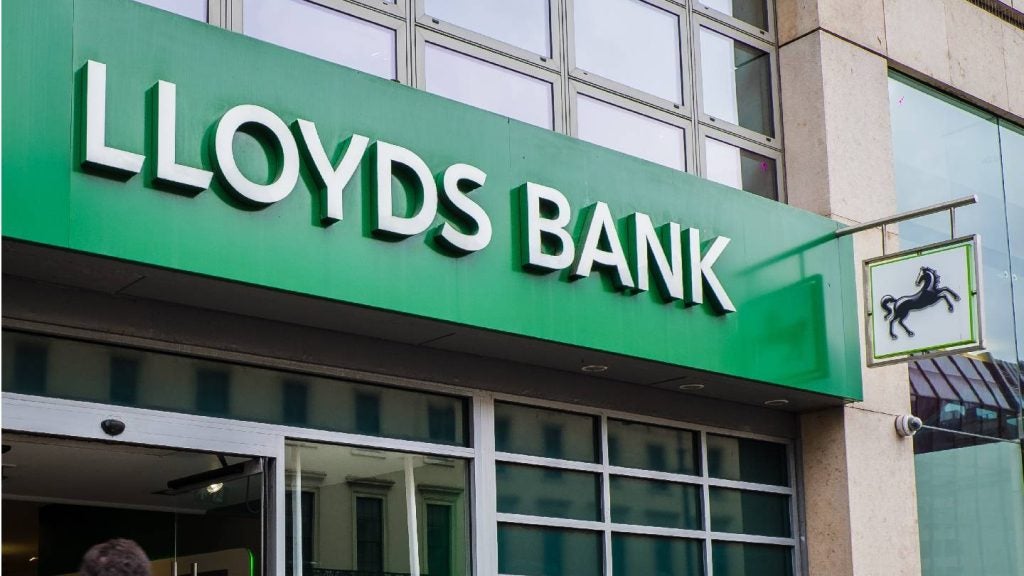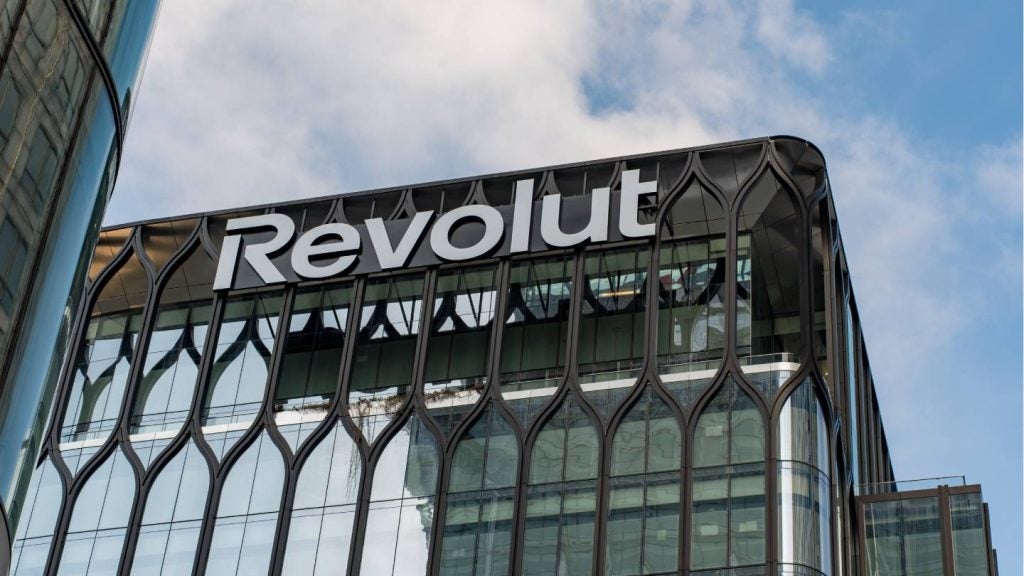Financial institutions have historically held some of the most memorable brands. However, as newer tech companies have entered the mainstream, such as Google and Apple, banks have seen their brand value drop. How long can brand recognition survive in financial services? Patrick Brusnahan reports
Interbrand has released its Top 100 Global Brands report, ranking the largest brands in the world in terms of their value.
Twelve financial services brands made the Top 100 in 2017, with American Express at the top in 27th place and PayPal bringing up the rear in 80th place. The combined value of the twelve brands is over $121bn.
This is higher than the 11 firms in the same report 10 years ago, but while the number of companies has remained fairly consistent, the values have not.
In 2007, American Express’ brand was in 15th place and was valued at over $20bn, significantly higher than the $17.7bn it was rated this year.
On the other hand, apart from American Express that dropped 3% in value over the past year, all financial services companies saw a rise in their brand value. The highest was Goldman Sachs, which experience a 16% rise in its value, followed by Goldman Sachs and PayPal, with rises of 14% and 12% respectively.

US Tariffs are shifting - will you react or anticipate?
Don’t let policy changes catch you off guard. Stay proactive with real-time data and expert analysis.
By GlobalDataAnother difference from ten years ago is that while the number of companies is similar, the names have changed.
ING, AIG, and UBS are nowhere to be seen, whereas Visa, Mastercard and PayPal are fairly recent additions to the pantheon.
In addition, a large number of brands, such as Google and Amazon, could also be considered financial services brands as they move into the payments realm.
BrandZ, a project from marketing firms WPP and Kantar Millward Brown, ranked the most valuable UK brands of 2017. In this report, financial services fared better. Both HSBC and Barclays were in the top 10 with values of $22bn and $6.7bn respectively.
There are 11 banking and insurance firms in the Top 50, making up 21% of the total value.
Louise Ainsworth, Kantar Millward Brown’s UK CEO, comments: “The UK’s household names must behave like leaders to protect their value. Fame and scale have sustained them well, but they’re vulnerable to disruption from younger, more innovative rivals. Without losing what makes them loved and trusted, UK brands need to refresh what they stand for to make it relevant to today. They should be quicker to capitalise on technology to make consumers’ lives easier, and communicate their innovations effectively to build perceptions.”
David Roth, CEO EMEA and Asia, The Store WPP, says: “The potential is high for UK brands to succeed globally after Brexit. They are steeped in heritage, and what it means to be ‘made in the UK’ is held in high esteem by international consumers. By emphasising and building on what makes them loved and trusted, while cultivating a profound understanding of how to be relevant to consumers in each target market, brands can successfully redefine themselves as leading exporters in the post-Brexit world.”








